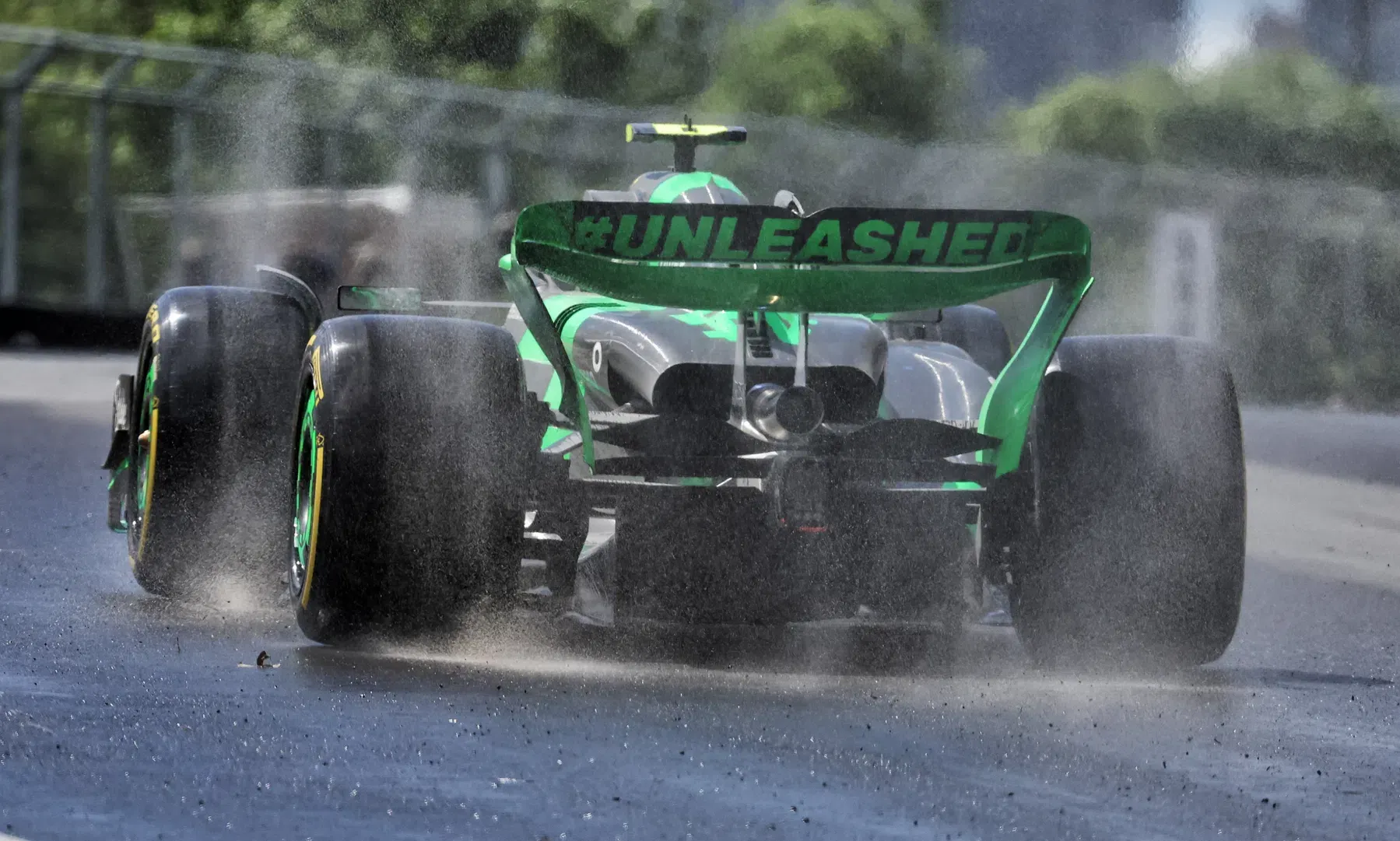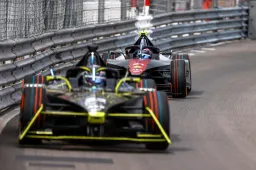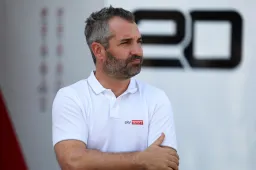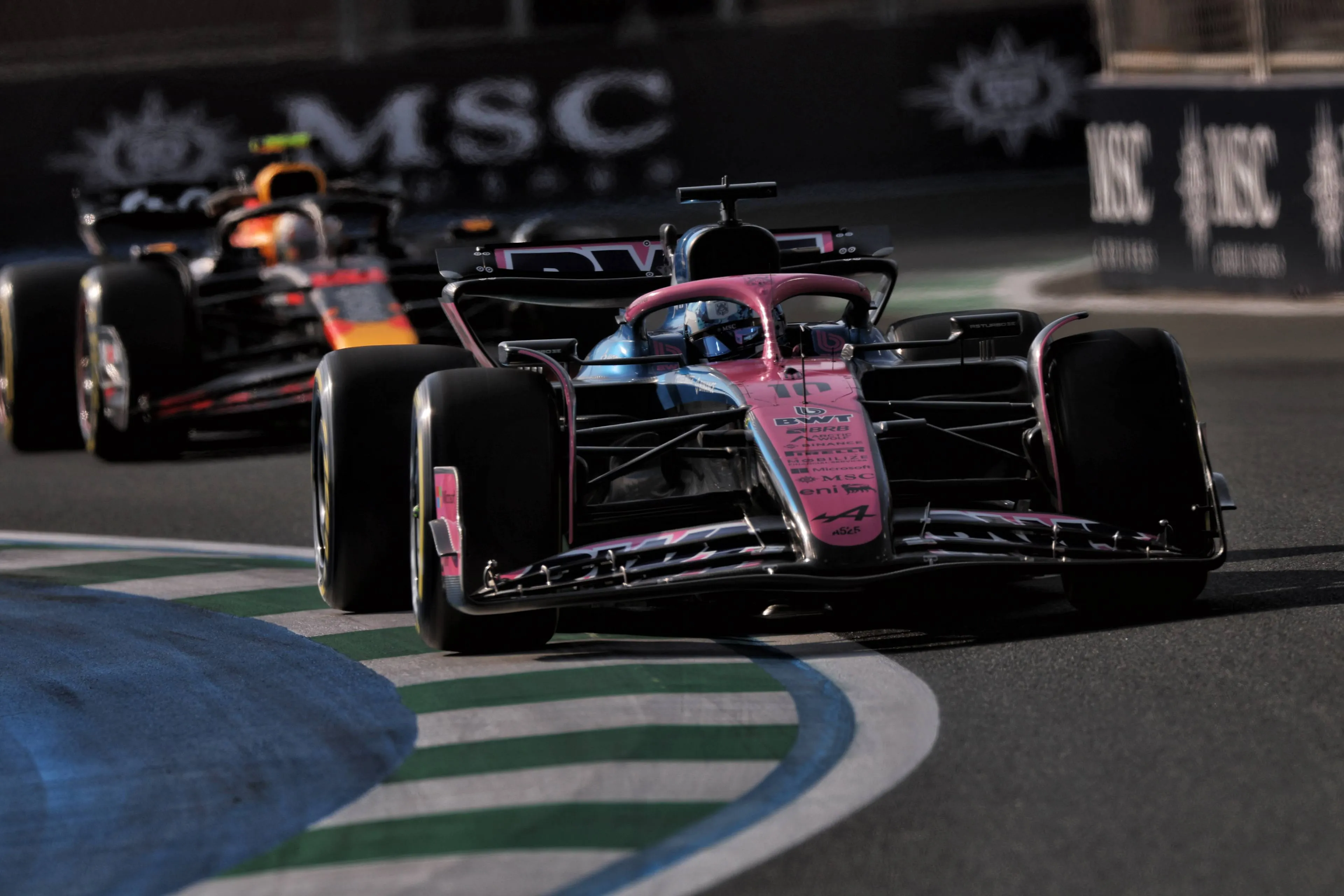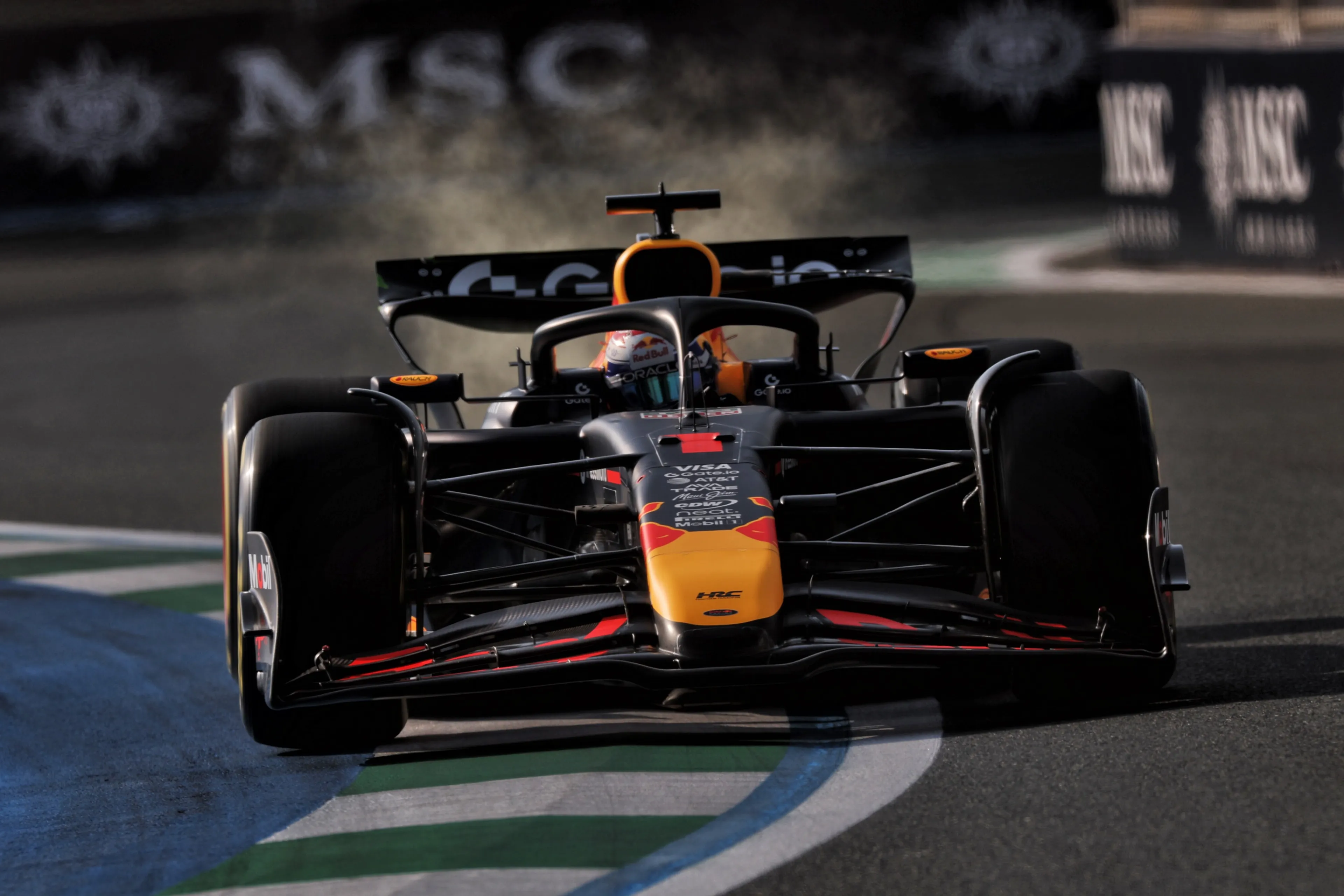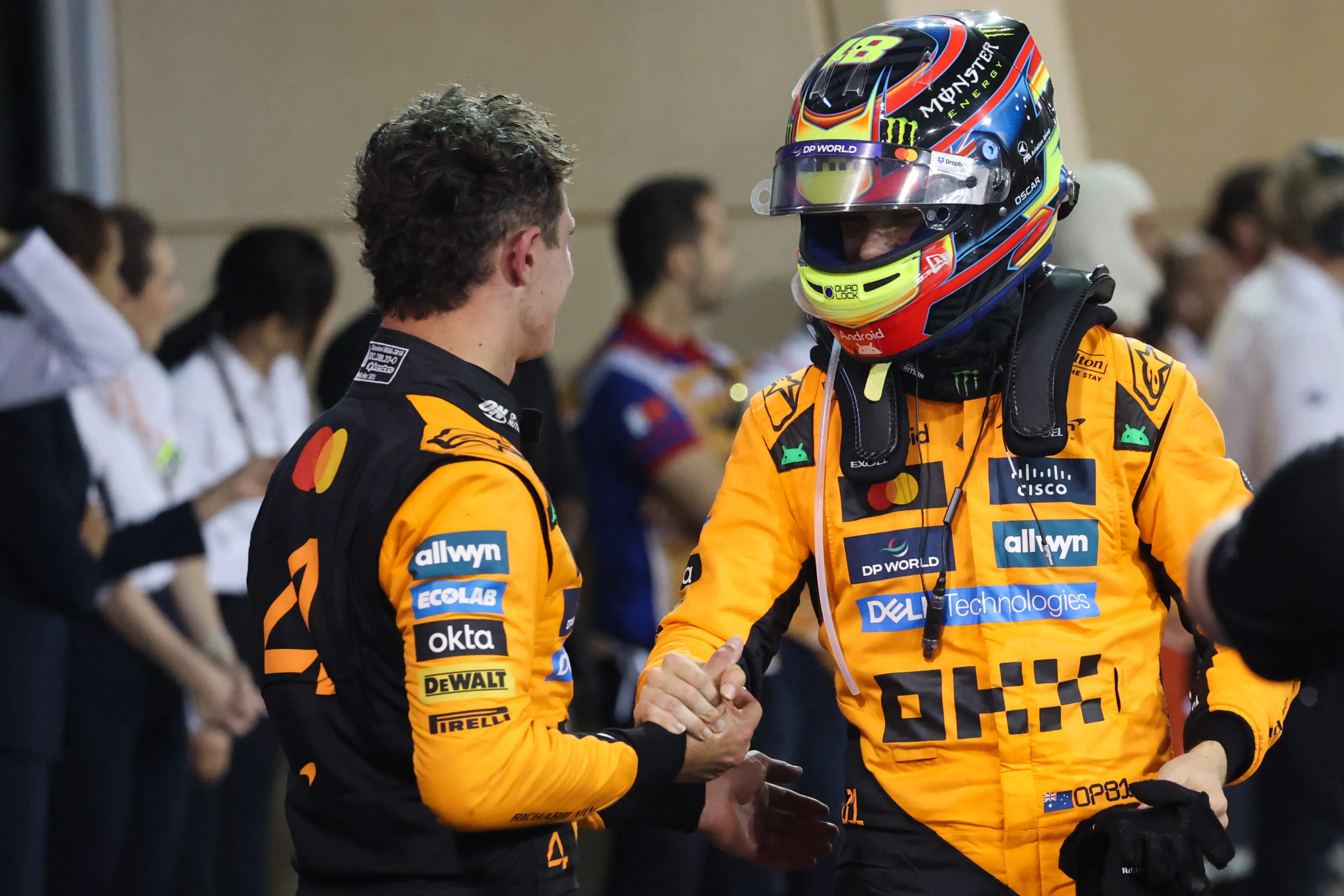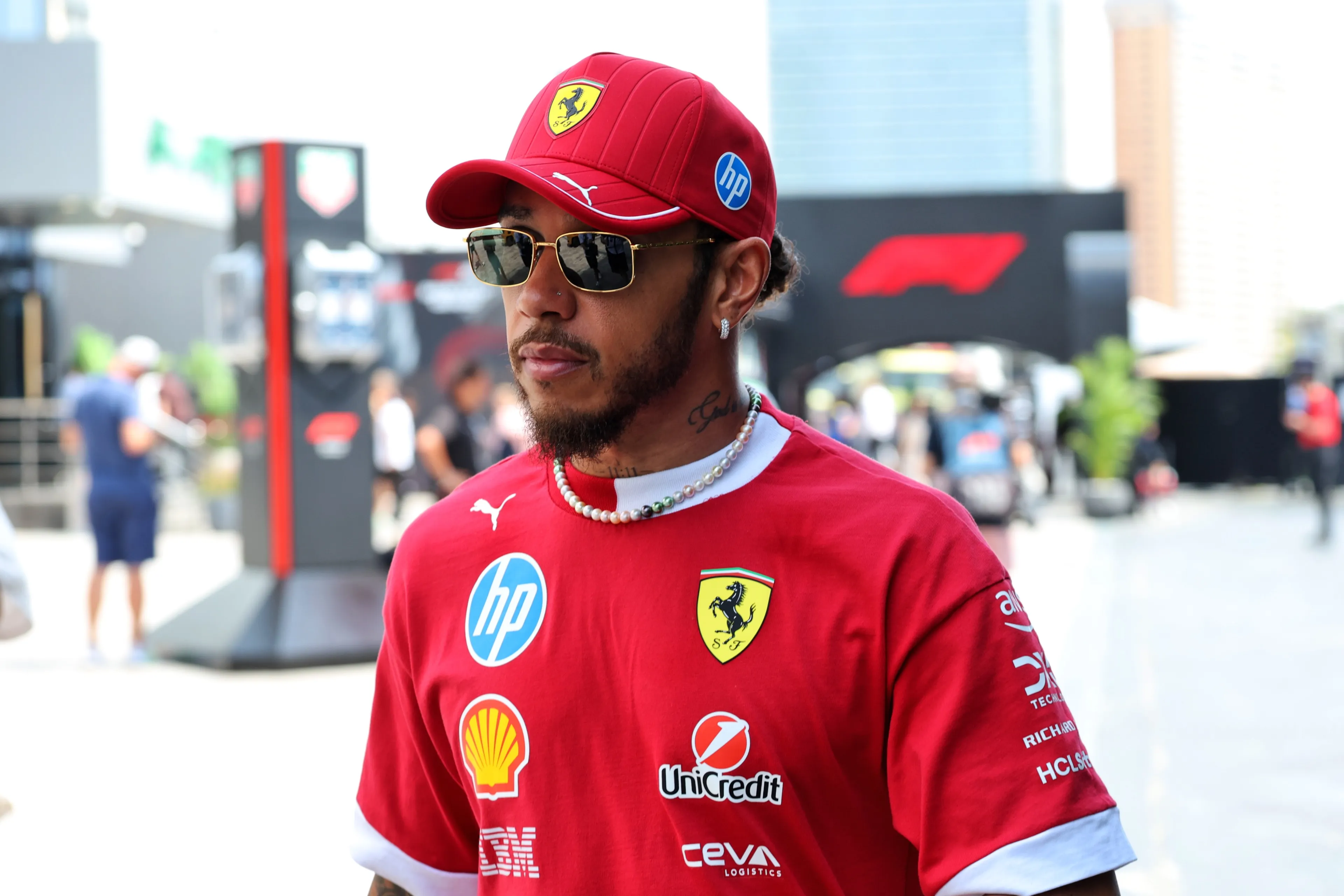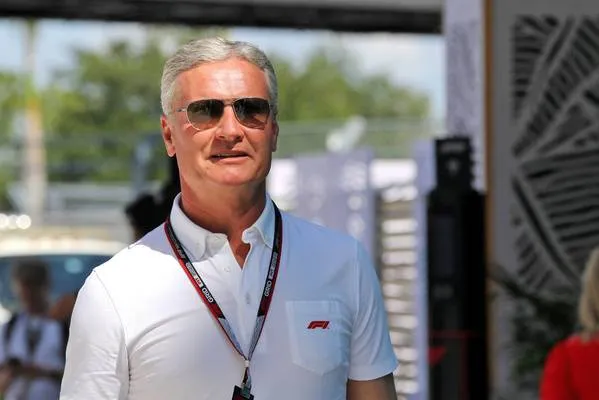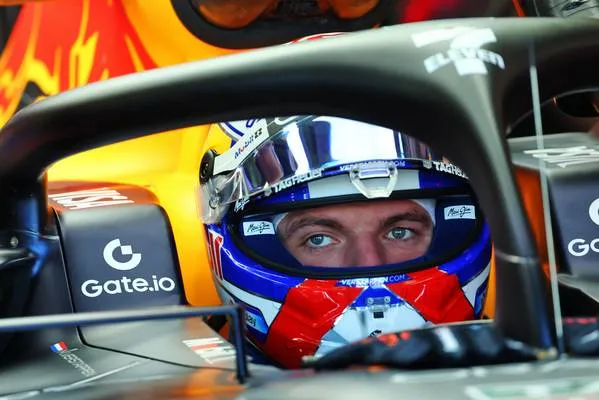By now, a lot has been said and written about it. The news that Sergio Perez has been offered a new contract at Red Bull Racing has been met with surprise by many. Excelling in one of the most dominant cars in the field, the Mexican is not doing so. So what makes him attractive to the Austrian team? Among other things, the huge sponsorship budget Perez brings with him and his gigantic marketing value in Mexico in particular. With that, Perez is not the only one: Formula 1 is still partly dependent on the pay driver, although no longer the pay driver of the past.
For example, who remembers Pedro Diniz? Because of his talent, no team in Formula 1 wanted the Brazilian. The enormous amount of money his family paid for a seat was a reason to take him on. For six seasons, this allowed Diniz to hobble along in Formula 1, without much success (of course). And he was certainly not the only one to have an F1 career this way.
No salary, but an F1 seat
Until not so long ago, it was perfectly normal: A driver who bought into an F1 team with the money of a rich sponsor, allowing him or her to start one or a few Grands Prix. They did not receive a salary for this, only money was really brought in. For years, the small teams in particular (of necessity) relied on the millions of drivers like Diniz.
Since Formula 1 has been all hot & happening, all ten F1 teams have seen a huge influx of sponsors. A pure pay driver as was perfectly normal until a decade or so is no longer there. Meanwhile, teams can attract a driver more on the basis of quality. Sort of, then, because still the amount of sponsorship money can play a nice role in decision-making, as is becoming clear again these days during the so-called silly season.
Red Bull happy with Perez's millions
Of course, Sergio Perez is not a terrible driver. He really can be fast. But after (yet another) season with less ups than downs, Red Bull will also have considered in their calculations that without Perez in the seat next to Max Verstappen, the many millions from Mexico will also disappear (notably from stone-rich telecoms boss Carlos Slim). And what about those many caps and jerseys sold annually in Mexico and all of Latin America to the passionate Perez supporters?
This week, moreover, stories appeared that Guanyu Zhou would be in the picture as Esteban Ocon's successor at Alpine. Fair is fair: the Chinese has not made an indelible impression in his three seasons in F1, so what should Alpine do with him? Reportedly, the $30-35 million Zhou brings in thanks to his personal sponsors (e.g. China Telecom) certainly helps. Moreover, parent company Renault is active in the Chinese market and with Zhou, the company would have a nice signboard. If Zhou then also gathers some points in F1 from time to time, that would be nice.
In any case, it is an illusion to think that F1 teams appoint their drivers 100 per cent on sporting grounds. It is not as bad as in the past, but the pay driver 2.0 still often has a slight edge over the average driver without many pennies.
Read more about:
Popular on GPBlog
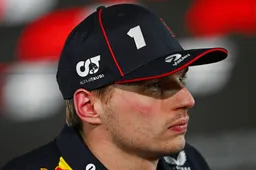
1
Croft gets told to stick to commentating by F1 champion, Verstappen
2593 times read
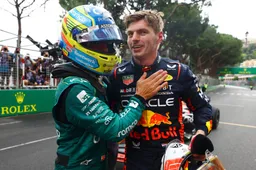
2
Alonso on Verstappen threatening his seat at Aston Martin: 'Welcome to the team'
1125 times read

3
Russell sends subtle dig to Norris: "McLaren, in the hands of the right driver, does the job"
822 times read

4
Piastri calls on McLaren not to interfere in title battle: 'This year is very different'
680 times read
